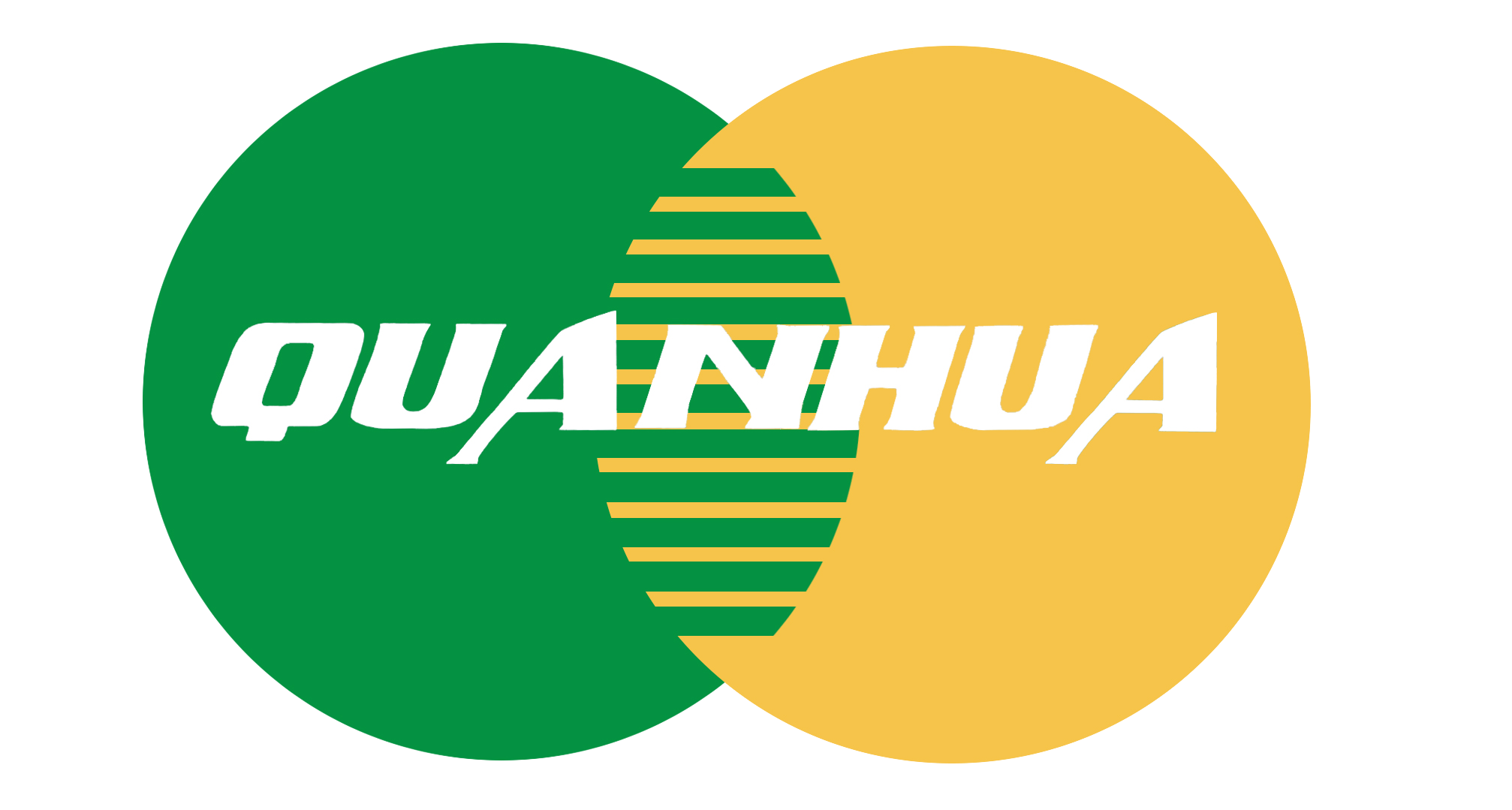Navigating the World of Disposable Forks: Understanding Disposable Forks and CPLA Forks
In the realm of disposable tableware, forks hold a prominent position, serving as essential tools for enjoying meals and snacks. However, with the increasing emphasis on sustainability and eco-friendly practices, consumers are faced with a choice between traditionaldisposable forksandCPLA forks. Understanding the key distinctions between these two options is crucial for making informed decisions.
Disposable Forks: A Common Staple
Disposable forks, often made from petroleum-based plastics, have long been the go-to choice for casual dining and events. Their lightweight and inexpensive nature makes them a convenient and practical solution. However, concerns regarding the environmental impact of plastic waste have led to a growing demand for more sustainable alternatives.
CPLA Forks: Embracing Sustainability
CPLA (crystallized polylactic acid) forks have emerged as a frontrunner in the quest for eco-friendly disposable tableware. Derived from plant-based materials such as corn starch or sugarcane, CPLA forks offer a biodegradable and compostable alternative to traditional plastic forks.
Key Differences: Unveiling the Distinctions
The primary distinction between disposable forks and CPLA forks lies in their material composition. Disposable forks are typically made from petroleum-based plastics, while CPLA forks are derived from plant-based sources. This difference has significant implications for their environmental impact.
Disposable forks, being non-biodegradable and non-compostable, contribute to the growing plastic waste problem. CPLA forks, on the other hand, can break down naturally under specific conditions, reducing their environmental footprint.
Making Informed Choices: Considering the Factors
When selecting between disposable forks and CPLA forks, several factors should be considered. Cost, availability, and environmental impact are crucial aspects to weigh.
Disposable forks are generally less expensive than CPLA forks, making them a more budget-friendly option. However, their environmental drawbacks may outweigh the cost savings for environmentally conscious consumers.
CPLA forks, while often more expensive, offer the advantage of biodegradability and compostability. This aligns with the growing movement towards sustainable practices and waste reduction.
Conclusion: Embracing Sustainable Choices
The choice between disposable forks and CPLA forks presents an opportunity to make informed decisions that align with personal values and environmental responsibility. While disposable forks may offer a cost-effective option, CPLA forks provide a more sustainable alternative. As the demand for eco-friendly products continues to rise, CPLA forks are poised to become the preferred choice for consumers seeking to minimize their environmental impact.



